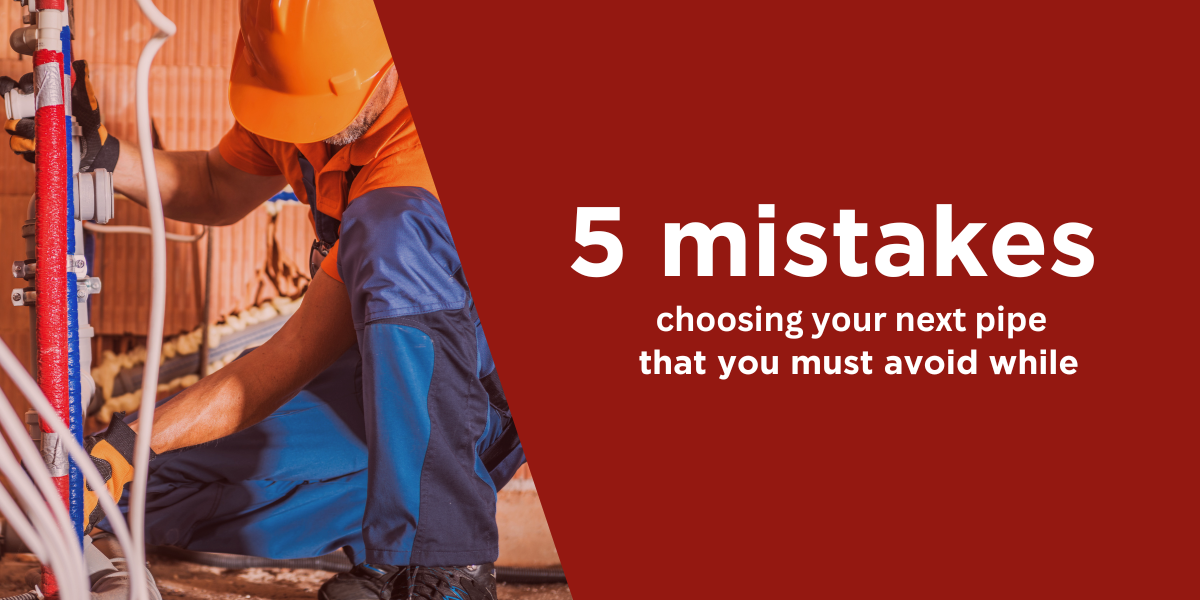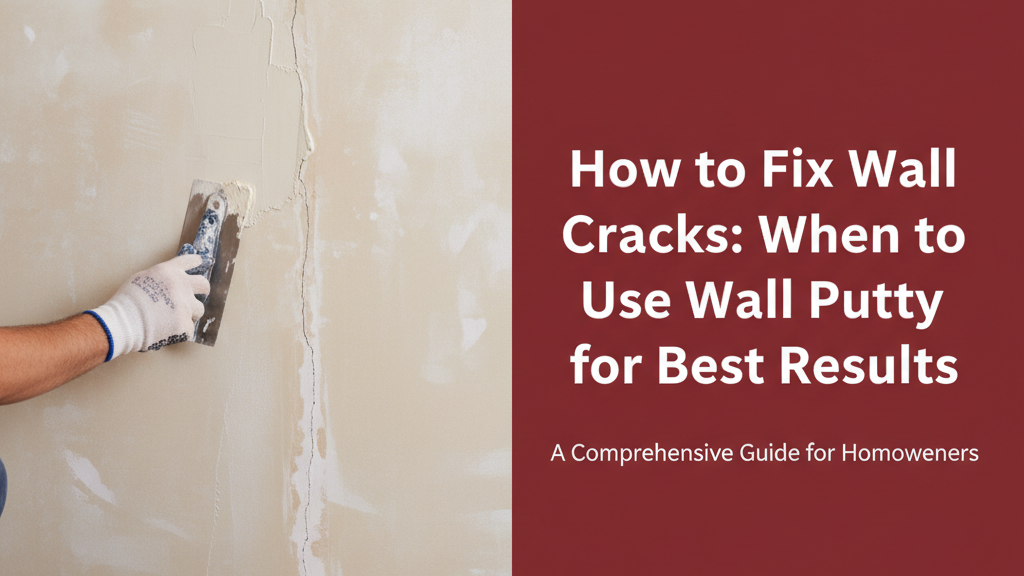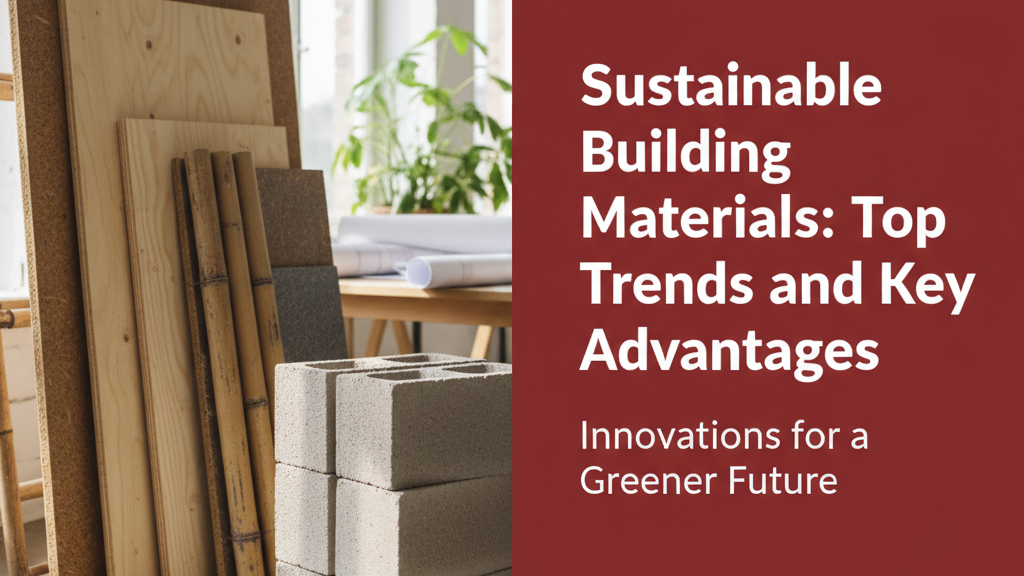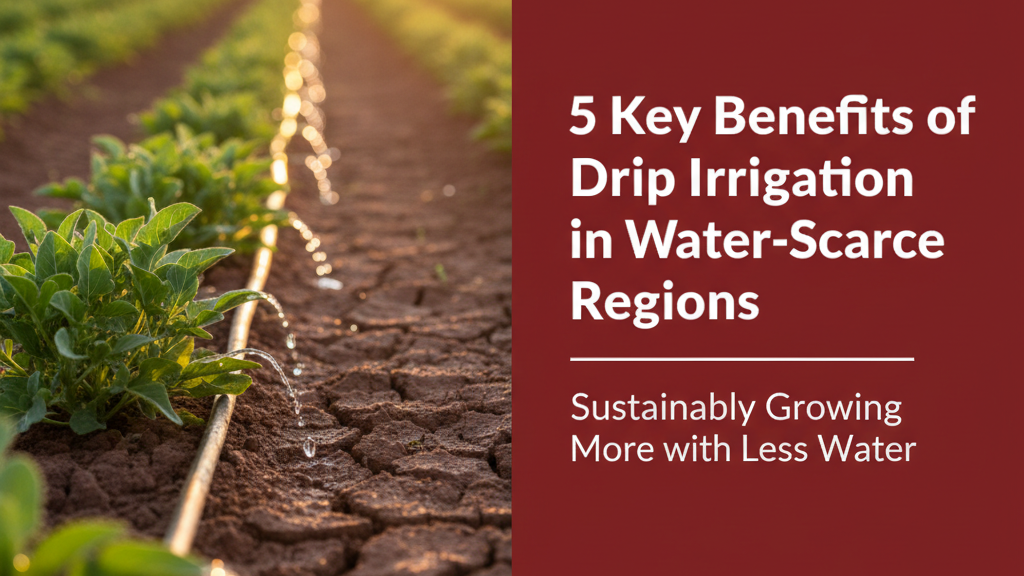While choosing pipes in North Bengal or any other area it is very important to ensure the right selection for your specific needs. Choosing the appropriate pipe for a particular application is vital to guarantee peak performance, durability, and safety. Here are five pitfalls to avoid when making your next pipe selection, Considering the SBM Gold which includes pipe material- UPVC and HDPE.
1] Neglecting Temperature Requirements
UPVC pipes are designed for continuous operation within a temperature range of 0°C to 60°C (32°F to 140°F). For short-term exposure, such as occasional hot water discharges, certain UPVC pipes may have a maximum temperature limit, typically around 70°C to 80°C (158°F to 176°F), depending on the specific product.
On the other hand, HDPE pipes are designed for continuous operation in a wide temperature range, typically from -40°C to 60°C (-40°F to 140°F). For short-term exposures or occasional events, they may have a maximum temperature limit, often ranging from 80°C to 100°C (176°F to 212°F), dependent on the specific HDPE formulation and product.
Challenge:
In very cold temperatures UPVC pipes may lose flexibility, whereas HDPE exhibits greater resilience to temperature fluctuations.
Recommendation:
Assess the temperature condition of North Bengal closely. Go for HDPE if you expect extremely cold weather to subdue the risk of pipe inflexibility and potential failure.
2] Neglecting Erosion
Disregarding the corrosive nature of the environment where the pipe is installed may result in premature deterioration. When selecting materials for SBM Gold pipes, which encompass UPVC and HDPE, prioritize substances with substantial corrosion resistance. Consider the nature of the substances the pipes will convey, as well as the prevailing environmental conditions.
Challenge:
Neglecting erosion resistance is a significant risk for pipe failure in the diverse environmental conditions of North Bengal.
Recommendation:
Analyse the chemicals that will interact with the pipes and refer to chemical resistance charts for UPVC and HDPE to ensure compatibility with the substances relevant to your application.
3] Pressure Considerations
To make sure your pipeline works well in North Bengal, it’s important to check and understand the pressure needs. Evaluate the pressure ratings that fit your needs to make the system reliable and efficient. This careful approach helps choose the right materials and setups, reducing the chance of problems in the pipeline system.
Challenge:
Overlooking the specific pressure requirements in the varied terrains of North Bengal poses a risk of inefficiencies and pipe failures.
Recommendation:
Ascertain the necessary pressure ratings for your application in North Bengal. HDPE, part of the SBM Gold range, generally offers superior pressure resistance compared to UPVC, making it a preferred choice for systems requiring high-pressure capabilities.
4] Improper Installation Procedures:
Take into account the expertise required for each material. UPVC, being more rigid, may necessitate greater precision during installation. In contrast, the flexibility of HDPE demands a different skill set.
Challenge:
Improper installation can compromise the integrity of both UPVC and HDPE pipes, leading to leaks or structural issues.
Recommendation:
Follow the manufacturer’s installation guidelines meticulously, considering the expertise required for each material. In the context of North Bengal, where precision matters, choose the appropriate material within the SBM Gold range. In addition, take into account the expertise needed for each material; UPVC may be more rigid and may require greater precision during
installation compared to the flexibility of HDPE.
5] Environmental Considerations
Matching the material’s characteristics with the specific environmental demands of North Bengal ensures the longevity and effectiveness of the SBM Gold pipes. This strategic alignment helps prevent premature degradation and ensures the pipes perform optimally in their intended environment.
Challenge:
Disregarding environmental factors, such as exposure to UV radiation or soil conditions, can result in premature degradation of pipes.
Recommendation:
Acquire a thorough understanding of the distinctive environmental conditions in North Bengal where the SBM Gold pipes are intended for installation. HDPE, with its higher resistance to UV exposure, is well-suited for above-ground applications, whereas UPVC may be preferable for installations underground. Matching the material’s characteristics with North Bengal’s specific environmental demands ensures the longevity and effectiveness of the SBM Gold pipes.
Conclusion
The choice of pipes, particularly within the SBM Gold range encompassing UPVC and HDPE materials, demands meticulous consideration to ensure the best performance, longevity, and safety. The highlighted pitfalls underscore crucial aspects to avoid when choosing pipes for applications in North Bengal or comparable regions. Prioritizing temperature specifications, erosion resistance, pressure considerations, proper installation protocols, and environmental factors are important.
Adhering to the provided recommendations enables informed decision-making. This proactive approach ensures that the selected SBM Gold pipes not only meet immediate needs but also withstand the varied challenges presented by North Bengal’s distinct environmental conditions, enhancing reliability and durability.




